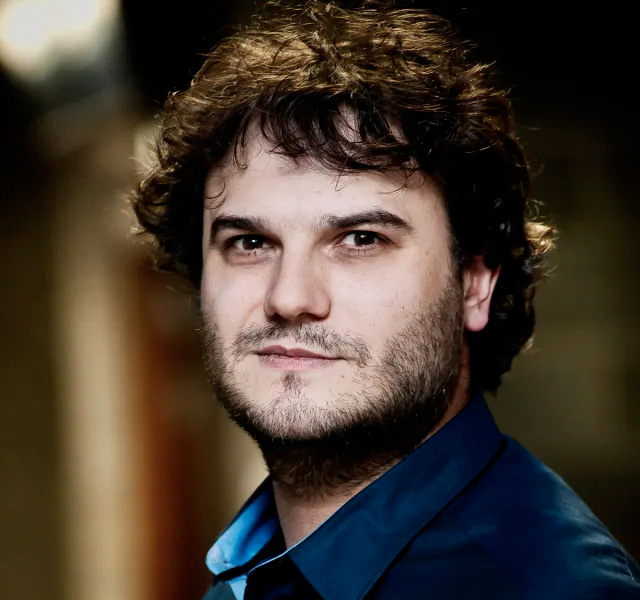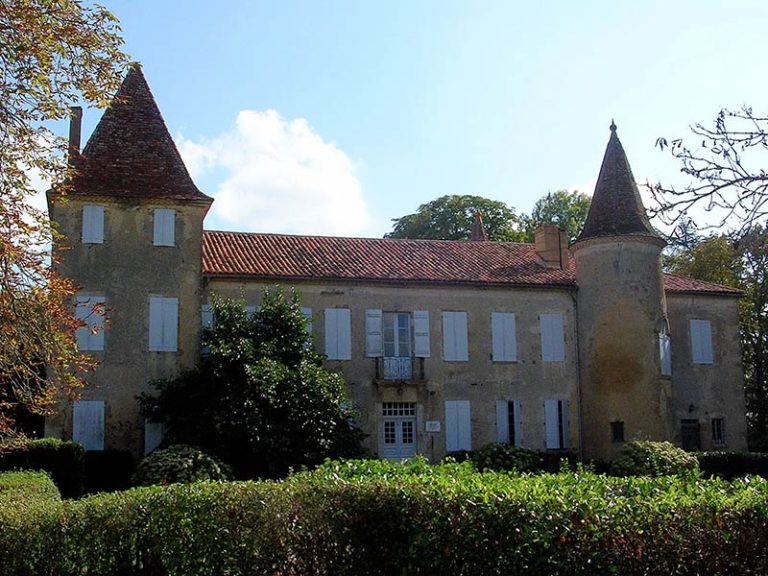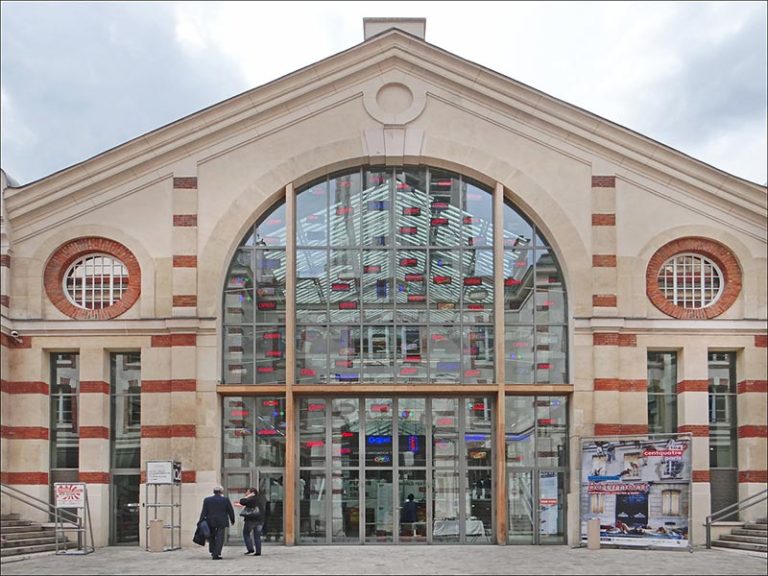The Belgian federal administration has just announced the appointment of a new director for the Royal Museums of Fine Arts of Belgium. From July 1, Kim Oosterlinck (50 years old) will take charge of the emblematic museums. An appointment which should put an end to a period of uncertainty for the Brussels institution and its staff. He will succeed Sara Lammens, general director of the Royal Library of Belgium (KBR) who has served as interim director since the departure of Michel Draguet almost a year ago.
In office since May 2005, it had changed the dynamics and visibility of the cultural center of the Mont des arts through the creation of the Magritte Museum and the Fin de Siècle Museum, which however relegated the modern art collection to oblivion. While he was a candidate for a fourth term, staff members reported, in an anonymous letter addressed to the supervisory authorities, a toxic climate and general unease within the teams. An internal evaluation was carried out and it found no material evidence to corroborate the accusations made against Michel Draguet who, however, preferred to leave his post. The former director now occupies a support and advisory role serving the management of federal museums.
Kim Oostyerlinck is vice-rector of the Université Libre de Bruxelles and professor of finance at the Solvay Brussels School of Economics and Management. Specialist in the art market under occupation in France, Belgium and the Netherlands, he also holds a degree in art history and archeology from ULB. As such, he is also a partner of the project ProvEnhance which is dedicated to the study of the provenance of pieces from the collection of the Royal Museums acquired after 1933 as part of the restitution of Jewish property plundered by the Nazis.
There will be many challenges for the new director. This will involve continuing the policy of appeasement and team cohesion initiated by Sara Lammens. Then, he will also have to manage the museums and his teams during the major renovation work announced for the coming years. He is committed to developing “a human, inclusive vision” for the institution, both for the management of the team, the management of the collections and the way of showing them to the public as well as in scientific research.







